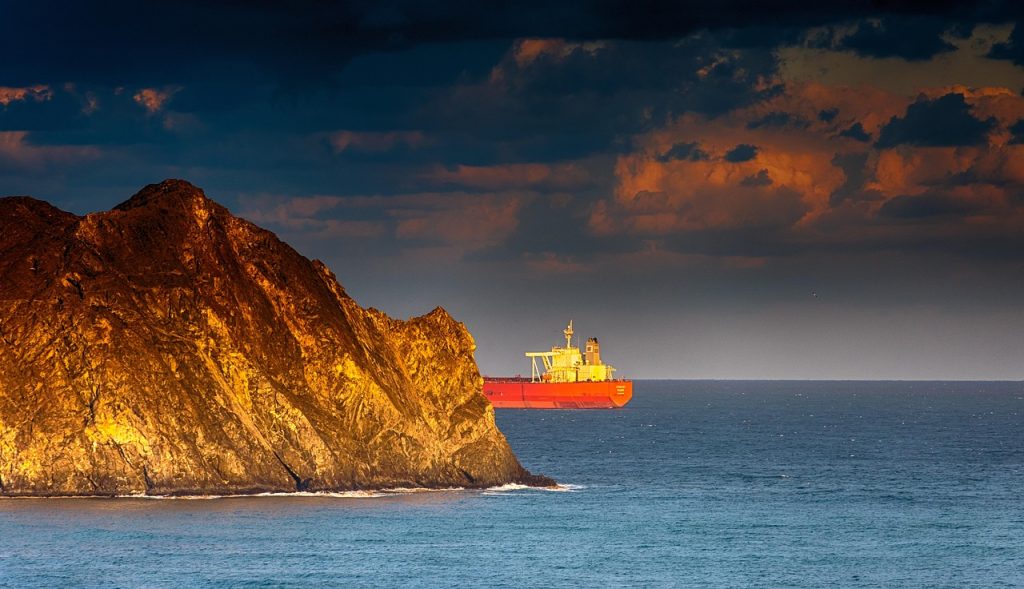In the vast oceans of our planet, an often-overlooked yet significant danger is silently causing havoc: nurdle pollution in oceans. These tiny pre-production plastic pellets, typically 2 to 5 millimeters in diameter, are essential to the plastics industry, forming the basis of countless plastic products. Despite their small size, nurdles pose serious risks to the environment and human health.
Intimidating Incidents punctuate the Nurdle Pollution Crisis
The morning of 2024 brought renewed attention to the problem of nurdle pollution. In January, reports revealed major tumbles from dispatching holders during a storm in December 2023. Over 1,000 sacks of nurdles were lost from a Danish vessel, and 25 tonnes of bullets revealed from a Liberian boat. These incidents had severe consequences for Spain, as large amounts of nurdles washed ashore, creating a remittal challenge.
The Environmental Impact of Nurdles
Nurdles are a significant trouble to marine life due to frequent tumbles during transportation. Every time, millions of these bitsy bullets find their way into abysses, where their small size makes them nearly unnoticeable unless accumulated in massive amounts. Marine creatures frequently mistake nurdles for food, leading to ingestion that can beget internal injuries, blockages, and starvation. As nurdles degrade, they release dangerous chemicals and absorb poisons, potentially polluting the food chain and destabilizing marine ecosystems.
A Global Pollution Problem
Ocean currents and wind can carry nurdles across vast distances, enabling them to reach remote and pristine locales. This wide distribution makes constraint and remittal sweats exceptionally grueling . Nurdle pollution affects indeed insulated islets and plages, compounding the problem for marine ecosystems worldwide.
Comparing Nurdle Pollution to Oil Spills
Nurdle pollution is frequently considered worse than oil painting tumbles. While oil painting tumbles can be eased using technical outfit, dispersants, and natural processes, recovering nurdles at ocean is nearly insolvable. utmost recovery occurs when nurdles reach reinforcement, but formerly buried in strands, they come nearly irretrievable.
The 2021X-Press Pearl disaster exemplifies this challenge. Following a fire and the sinking of the vessel, plastic bullets were set up in original fish and washed up along Sri Lanka’s strands. also, in 2017, a slip of roughly 2.25 billion nurdles from a boat in Durban, South Africa, saw bullets carried as far as Western Australia’s southwest seacoast.
Transnational sweats to Tackle Nurdle Pollution
Progress in addressing nurdle pollution has been slow but steady. At the Marine Environment Protection Committee( MEPC) 82 meeting in October 2024, delegates approved guidelines for drawing up plastic bullet tumbles from vessels. These guidelines offer practical advice for governments on contingency planning, response strategies,post-spill monitoring, and cost recovery.
The commission also bandied creating obligatory regulations to address plastic bullet tumbles from vessels. These regulations aim to make onnon-mandatory recommendations developed during MEPC 81, including stylish practice guidelines for transporting plastic bullets in freight holders. Although these conversations are promising, the urgency of the plastic pollution extremity demands nippy action to apply enforceable measures.
Draft Action Plan and unborn Regulations
In January 2025, the Pollution Prevention and ResponseSub-Committee( PPR 12) agreed on a draft action plan targeting marine plastic waste from vessels. The plan includes developing obligatory measures to minimize environmental pitfalls during the transportation of plastic bullets. This draft action plan was reviewed during MEPC 83 in April 2025, pressing the continued focus on mollifying nurdle pollution.
Challenges and openings
Despite progress, the fight against nurdle pollution remains daunting. The sheer volume of plastic product and wide distribution of nurdles make it delicate to exclude the problem entirely. still, espousing effective forestallment measures, perfecting remittal operations, and promoting sustainable practices can significantly reduce the environmental and health impacts of nurdle pollution.
